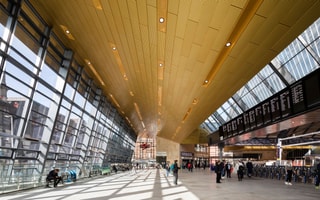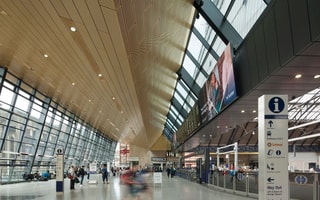Glasgow at 850: The Good City
Every big birthday encourages us to look both back at a life well lived, and forward, to an uncertain but optimistic future. Glasgow 850 provides us with a unique opportunity to imagine the city’s future, and for us to enter that future with a clear vision of ‘The Good City’.
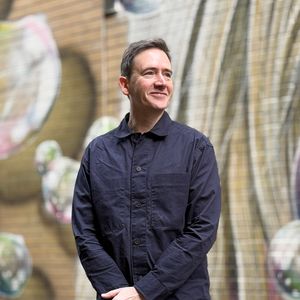
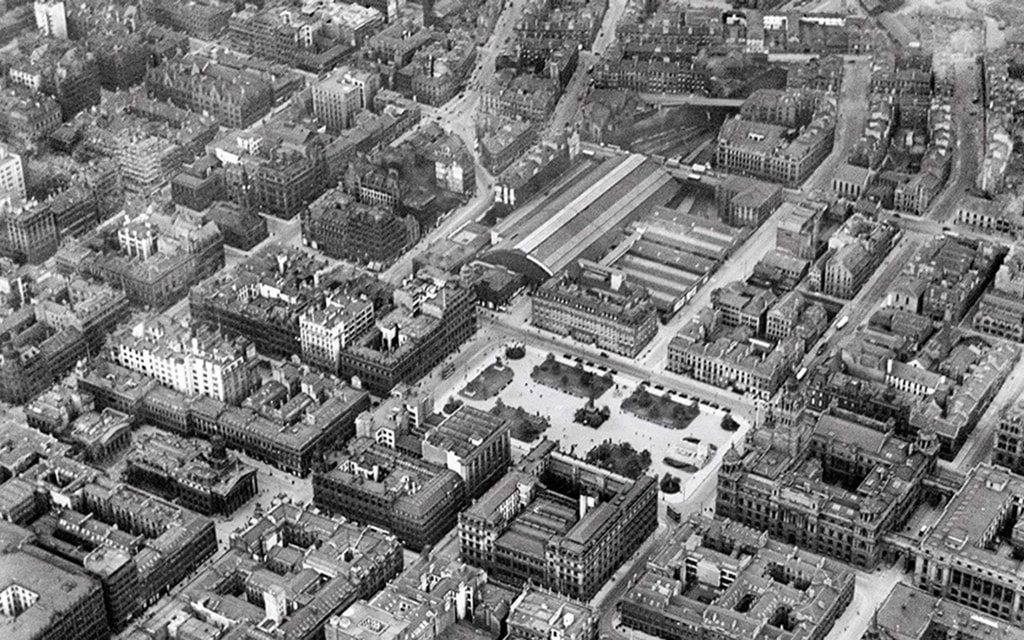
2025 marks 850 years since Glasgow was founded. This milestone is an opportunity to question what kind of place we want Glasgow to become over the next century. From a medieval ecclesiastical hub to industrial powerhouse, from postindustrial decline to cultural renaissance, Glasgow’s identity has rarely been static. Urban reinvention is not unique, but it has left Glaswegian’s with a unique city. We must recognize that this process of reinvention must continue if Glasgow is to meet the challenges of our age. Climate transition, the economies of a post-covid and technology focused society, and the pursuit of equity in a fractured world.
BDP’s ‘The Good City’ initiative provides a useful lens on which to reflect on our ‘dear green place’. The Good City recognises that thriving and healthy cities will be essential to our future relationship with the planet. It identifies city-scale themes that, if addressed positively, will give the city every opportunity to thrive. For Glasgow at 850 years old, this framework creates an aspirational and pragmatic approach to future development.
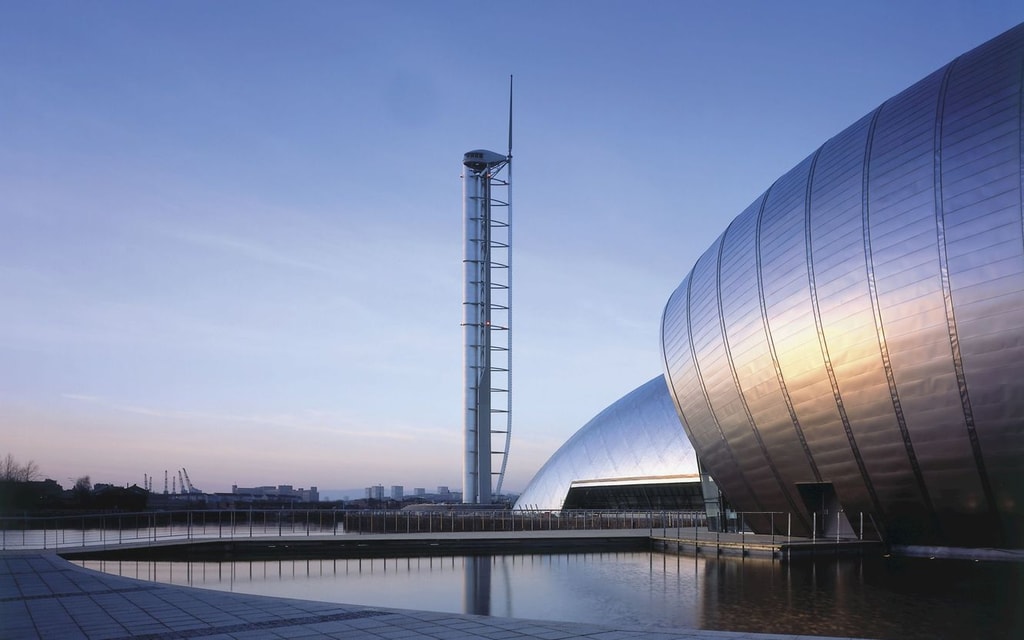
Bringing People Together.
‘People Make Glasgow’ is a genius marketing slogan only because it is true. Glasgow is a city that blends its strong personal identity with a welcoming attitude. If the most important role for any city is to become a place with community, a place where people from different backgrounds can live in supportive environments, then Glasgow is off to a good start. You only have to remember the actions of protesters in Pollockshields as evidence, as they surrounded a UK Border Agency van shouting 'These are our neighbours, let them go.” The city must provide space for the individual, for the family, and spaces for community. While development of its residential precincts should empower not displace, it must avoid siloed communities that leads to ghettoisation. New developments should encourage multigenerational, mixed and resilient communities.
Bringing people together also speaks to places for culture and the arts. This is something Glasgow already does brilliantly with world class venues such as Foster + Partners’ SSE Hydro and its (free) museums including Zaha Hadid’s Riverside Museum and Kelvingrove Art Gallery and Museum, reinvented by BDP in the New Century Project. The Glasgow Science Centre, another BDP gem, is a temple for the future, celebrating the technologies that can rebalance Glasgow’s relationship to the planet.
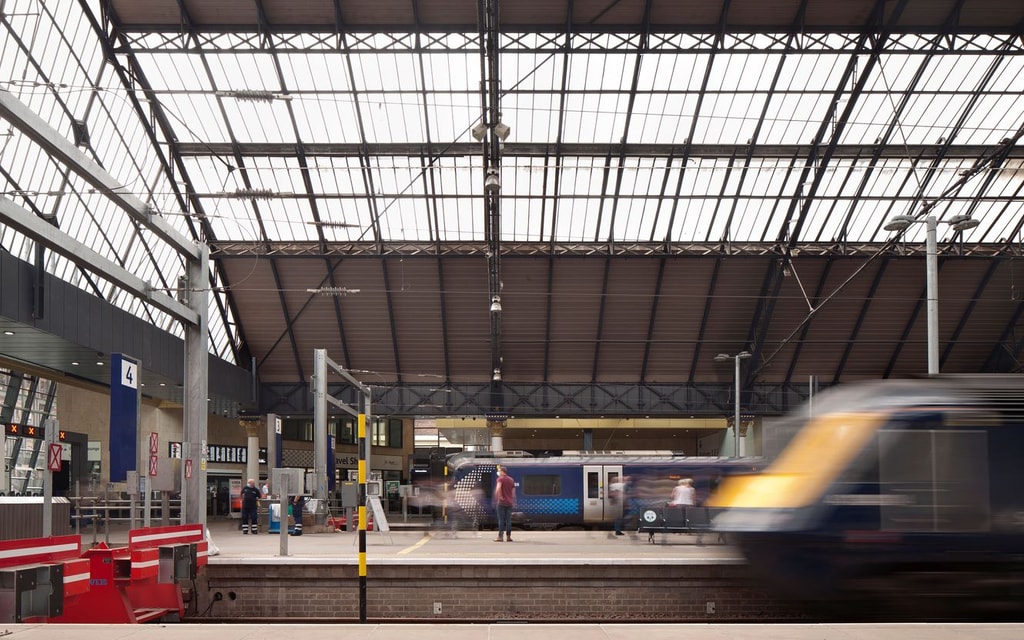
Getting around.
We have all seen the diagrams that poke fun at the simplicity of Glasgow’s ‘clockwork orange’ subway (a simple loop compared to the spaghetti network of the London Underground). But the Glasgow subway is a beautifully simple backbone to Glasgow’s public transport infrastructure; connecting deprived areas with the city’s commercial core and its west end, and providing a simple solution for the ‘final mile’. SPT is currently endeavouring to improve accessibility to the subway. Projects such as the Clyde Metro, misunderstood by the public as being focussed on an airport link, are in fact driven by the desire to further connect communities, tackle social exclusion and improve access to amenities in underserved areas. When we do invest in new low carbon public transport infrastructure, we need to celebrate the passengers’ transport choice with architecture that communicates with both movement and place: a key quality of the design of Glasgow’s Queen Street Station.
A visit to Europe’s best cities, such as Copenhagen or Paris, will tell you that Glasgow is lagging behind in the transition to active travel. Despite investment in the Avenues programme, cycling remains niche in the city centre and many urban / suburban streets remain the territory of the bus and car. More needs to be done to aid a cultural shift to walking and cycling as they are the cheapest and most equitable transport modes. The 2023 UCI world championships in the city showed us that we have a strong cycling culture and roads and trails that beg to be ridden.
Glasgow’s birthday year saw the release of the city’s tall building guidance. A key attribute of The Good City is Transit Oriented Development (TOD), and I hope that we see taller buildings clustering around existing transport hubs, such as those promised at Charing Cross station, delivered in a way that promotes the integration of new communities with the city.
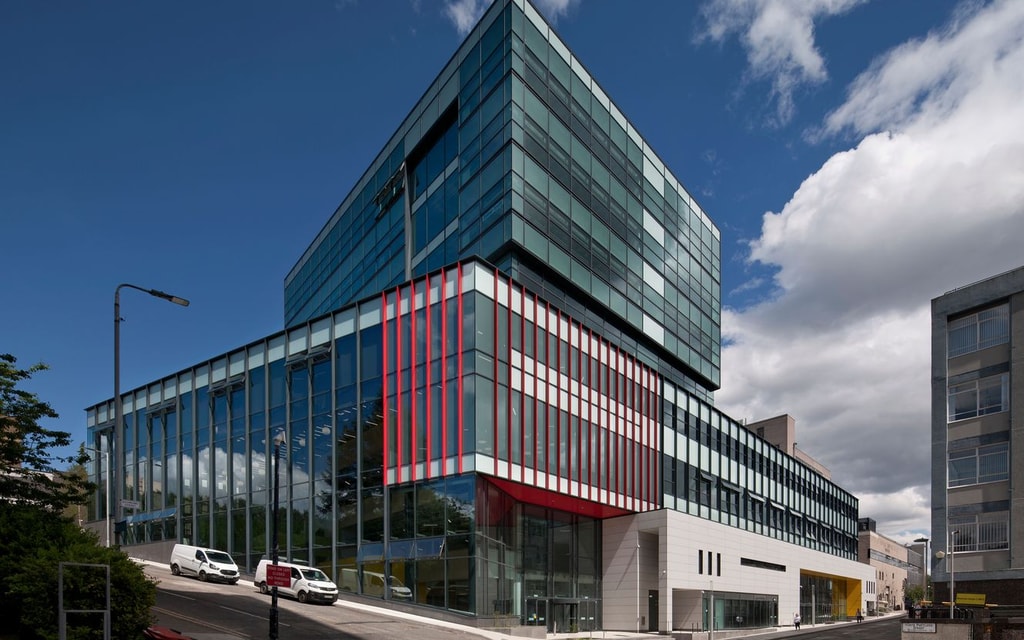
Flexible and responsive.
Covid taught us that the buildings that form our urban infrastructure need to be able to respond to the changing needs of society. But changes to Glasgow’s buildings is nothing new. The building that is home to GOMA today for example, started life as a Tobacco Lord’s house before becoming the Royal Bank of Scotland’s Royal Exchange, and then home to the Stirling’s Library collection, before becoming the Gallery of Modern Art. I’m certain it will have other uses in the future. Those that commission and design Glasgow’s new buildings must recognise that future programmatic change is inevitable, and use circular construction principles to facilitate it. BDP projects like the Learning and Teaching Building, the University of Strathclyde’s much loved student hub, shows that even underutilised post war buildings can imaginatively have new life and new beginnings breathed into them.
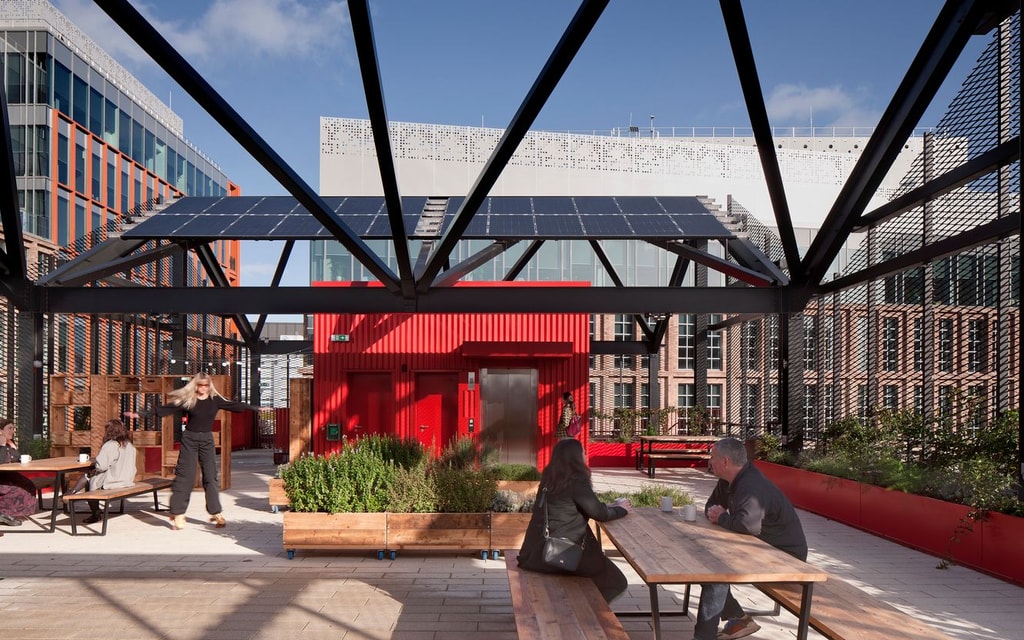
Achieving zero carbon.
Glasgow is a city of tenements, and many look at this as a challenge to its decarbonisation. Uninsulated Victorian four-storey flatted buildings, with every flat having a separate owner, does not make decarbonisation easy, but is it ever? With one building type being so prevalent across the whole city, we should see the city’s tenements as an opportunity: a relatively small suite of solutions (and supporting funding models) could decarbonise massive swathes of Glasgow. Even recent developments will need decarbonisation. Energy networks, of various scales, will be part of the solution. BDP’s Project Dragonfly, the energy centre for the transformational Barclay’s Campus, shows that the solutions can be fully integrated into their urban environments.
If Glasgow’s recent history was about growth, power, and reinvention, then its future must be about balance, generosity and belonging. Glasgow’s shipbuilding spirit must now be used to forge a place that is resilient to climate, equitable in its economy, proud of its cultures and remain confident in its identity.
To celebrate BDP’s significant contribution to Glasgow we are arranging building tours of some of our key projects in the city. Learn more here BDP Project Insights for Glasgow 850 | Eventbrite.
More on BDP’s The Good City initiative here The Good City – What makes a Good City?
Further Reading
Glasgow
Our Glasgow studio is positioned in the city’s commercial district near Buchanan Street.
Glasgow Queen Street Station
Glasgow Queen Street Station has been transformed into a spectacular gateway to the city.
